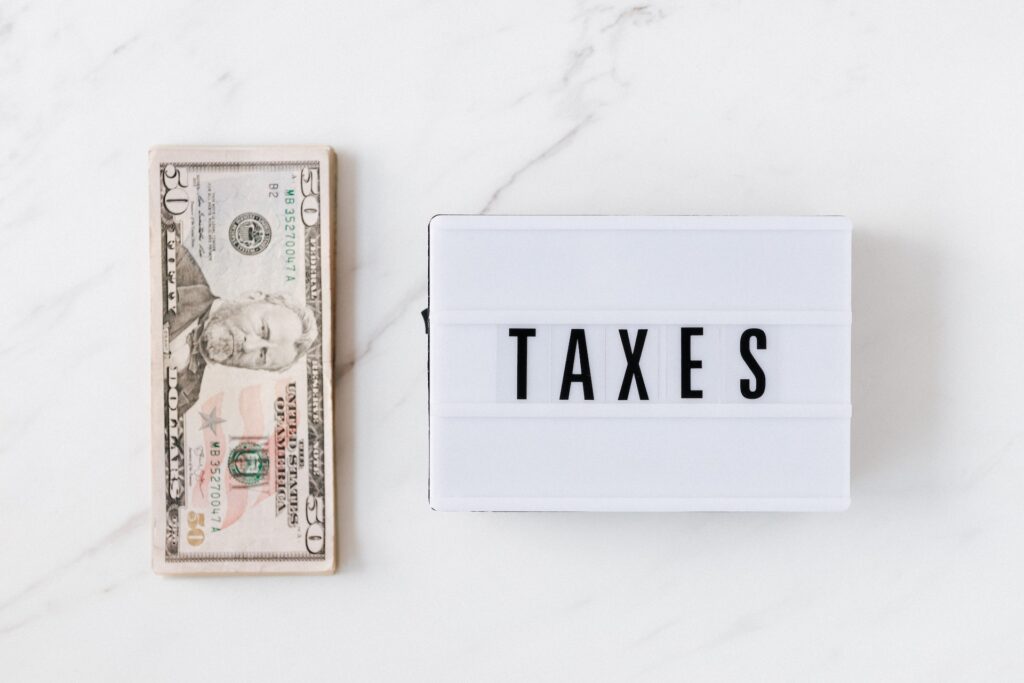
The utilization of tax withholding can be employed to avoid penalties for underpayment of taxes. Income taxes withheld from wages are considered to be paid evenly throughout the tax year, unless the taxpayer can provide evidence of the specific dates when the amounts were actually withheld. This rule provides taxpayers with three strategies to reduce or eliminate penalties for underpayment of estimated taxes:
Increase withholding at the end of the year: By increasing the amount of tax withheld from their wages during the year-end, taxpayers can avoid underpayment penalties. Even though the additional tax is withheld at the end of the year, it is deemed to be spread evenly over the tax year, with an equal amount allocated to each installment due date. This allows taxpayers to rectify any underpayment or defer tax payments.
Use the actual dates of tax withholding: This strategy benefits taxpayers whose tax withholding occurred primarily in the early part of the tax year. This can be particularly useful for individuals who transition from being employees to self-employed during the year. They may not have made quarterly estimated tax payments until later in the year. By allocating the withheld taxes to the specific periods when they were withheld, taxpayers can avoid underpayment penalties.
To avoid underpayment penalties, let’s consider the case of Anna, who worked as an executive for a large tech company for the first five months of the current year. In June, Anna left the company and became a self-employed consultant. During the first five months, Anna received a total salary of $80,000 and had federal income tax withholding of $25,000. In the last three quarters of the year, Anna made quarterly estimated tax payments based on her consulting income for those periods. To avoid penalties, Anna should allocate the $25,000 of tax withholding to the specific period when it was actually withheld. Otherwise, if the $25,000 is allocated evenly to each of the four quarters, Anna may end up being underpaid in the first quarter.
Withhold from an IRA distribution followed by a qualifying rollover: Taxpayers who find themselves underpaid at the end of the year can use funds from their IRA to mitigate or eliminate underpayment penalties. This is possible if they have enough cash funds available to redeposit the withdrawn IRA amount within the tax-free rollover period of 60 days. Taxpayers can request a distribution from their IRA and choose to have up to 100% of it withheld for federal income taxes. The withholding on a designated distribution is treated as if it were wages subject to withholding. As a result, the withheld tax is considered to be spread evenly over the tax year, with an equal amount allocated to each estimated tax installment due date.
Although borrowing against an IRA account is not allowed by tax law, the IRS has ruled that an IRA distribution followed by a redeposit of the funds into the same or a different IRA account within 60 days qualifies as a tax-free rollover transaction.
Suppose Kim realizes on December 15 that she has underpaid her estimated tax by $100,000. She has $250,000 in an IRA and $10,000 in cash available in the bank. If she simply makes a $100,000 estimated tax payment, she would still be subject to underpayment penalties. Instead, Kim decides to request a $100,000 distribution from her IRA with 100% federal income tax withholding. She then plans to redeposit the $100,000 into the same IRA account within 45 days. The $100,000 withheld is treated as if it were paid from wages, with equal amounts deemed to be paid on each estimated tax installment due date, thus helping Kim avoid underpayment penalties.

